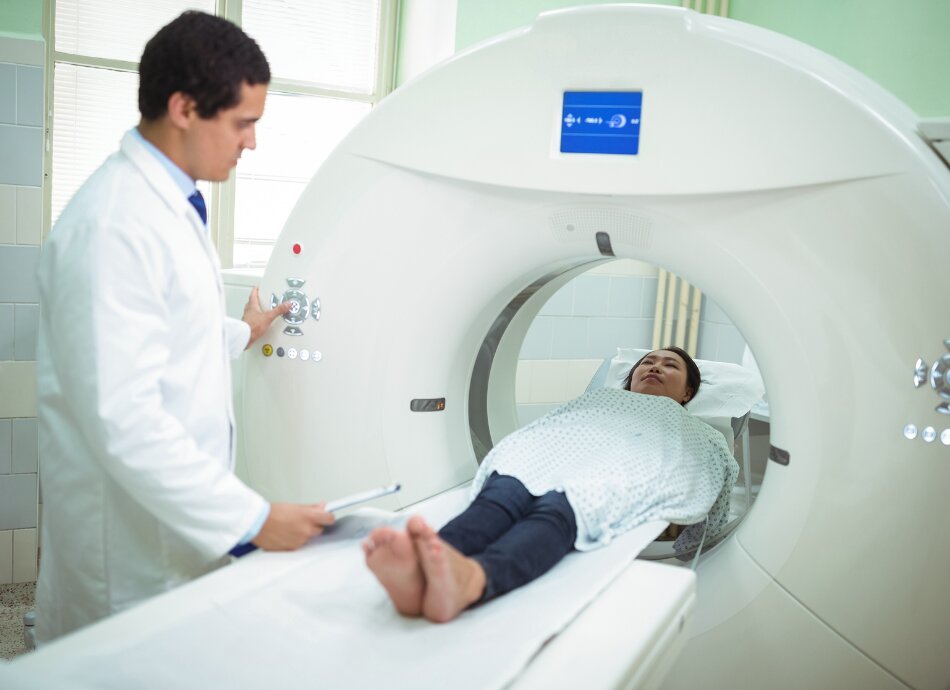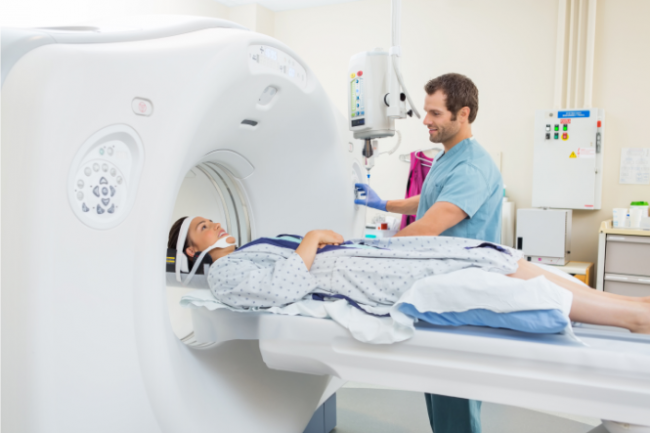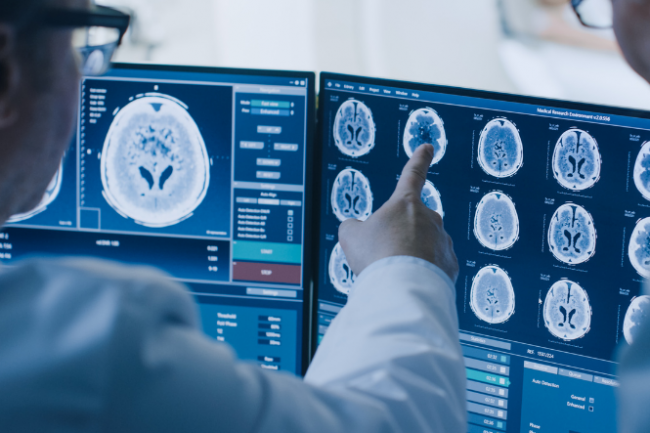A computerised tomography scan (CT scan) combines a series of x-ray images that are taken from different angles around your body. These pictures are processed by a computer to create cross-sectional images of both the soft tissues and bones of your body. The images are like many slices of your body and can be arranged to give a 3D view of parts of your body.
Because a CT scan gives a detailed and precise picture, it is often used to give quick information about injuries caused in car accidents or other sorts of trauma. A CT scan can also provide excellent information about a range of longer-term diseases or injuries. This information can be used to guide treatment and help you and your doctor make good decisions about your care.
CT scans are sometimes called CAT scans. They are done at a hospital or a radiology service. A radiologist – a doctor who specialises in scans and imaging – will manage your scan.








